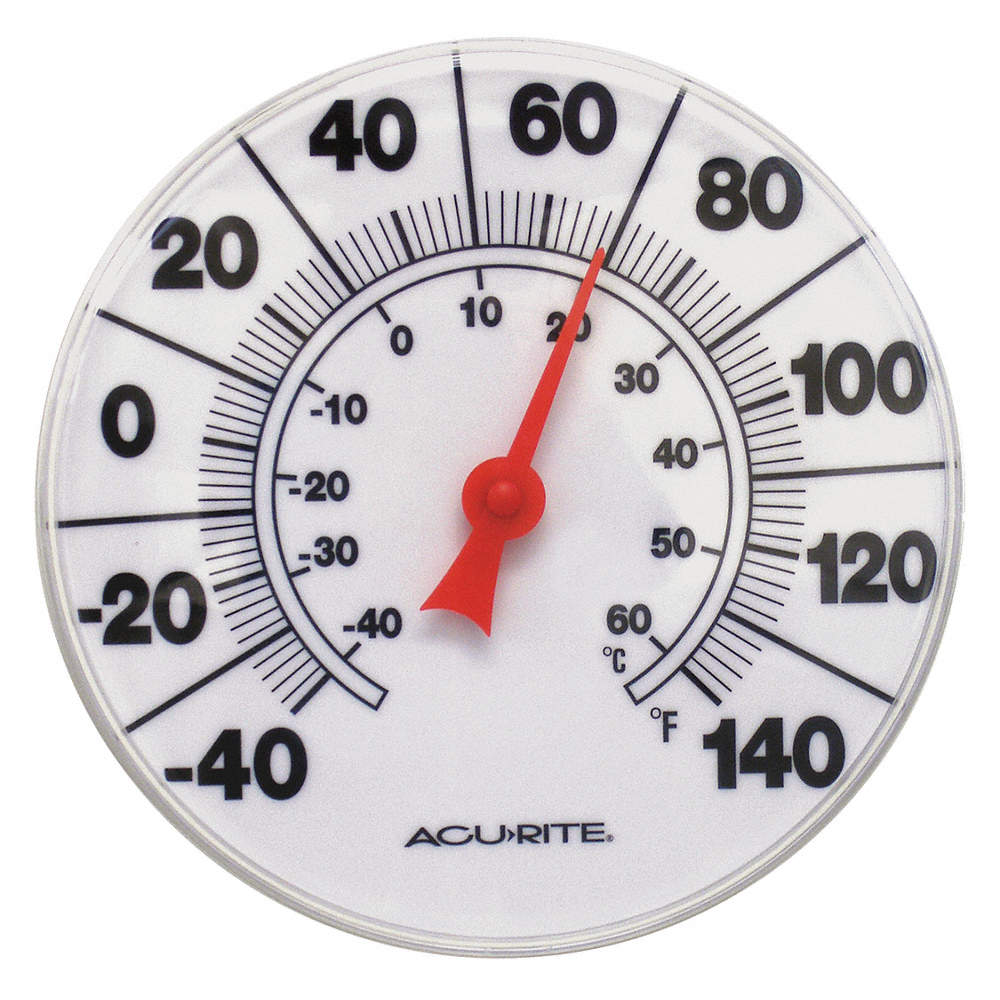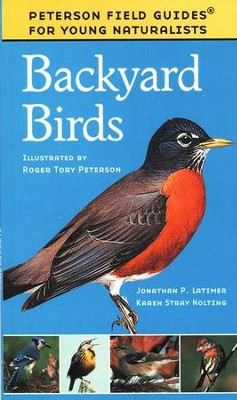Portable Outdoor Math Kit
I know, I know. You already have to take a “Safety” backpack outside with you every time you go out with the children, but this idea for an “Outdoor Math Kit” that goes out with you as well is worth the time and effort.
In order to seize the “teachable moment” we need to be prepared. If a child runs up to you with an earthworm she has dug up and she wants to measure it, it’s never going to happen if you have to go back inside the building to find a tape measure or ruler. Although we can’t be prepared for every hypothetical math opportunity, we can maximize our chances by creating this math kit, and adding to it, as needed.
First, find a small to medium-sized backpack. It doesn’t have to be pretty or new. Pull one out of the old lost and found bin and use that. Label it in some way, so it is clear that it goes outside with the group and that it is for math (and science) opportunities.
Now, fill it with supplies. This is a short list of the items I would choose, but if you have additional ideas, please put them in the comments section.
2 small tape measure
2 small rulers (or full-sized rulers)
a small bucket balance
several small, lined notebooks
pencils
a camera (if you dot have a spare that can be left in the bag, be sure to bring a phone with a camera, or the classroom camera.)
markers
small thermometer (This is an analog thermometer. You may want a digital one.)
small field guide to birds (I like this edition. It is designed for young bird watchers and costs $4.95)
and a small field guide to insects and spiders
Here are some ideas of how to use the Math Kit with the children.
Before bringing it outside, introduce the kit to the children during group time. Take out each of the items and let the children explore them by passing them around the group. Allow them to ask questions. Once you gather the supplies back together, explain that the bag will be accompanying the group outside and the children can use them whenever they want. You can then go through each item, one by one, and provide concrete examples for how they might be used. Ask the children for their ideas as they will probably think of things that you never even considered.
I would imagine that depending on where you live, there are ample opportunities to look for birds and bugs in the great outdoors. Even if you have a small outdoor space, there are probably places to dig and explore. You probably have a few children who Howard Gardner would categorize as having a Naturalistic Intelligence. People who are nature smart, have a strong affinity for the outdoors and are very interested in human and animal behaviors. These children may know where to find bugs even when you don’t. You can support these observations by using the field guide books to help in identifying the species and the names. Encourage the children to draw pictures of what they find, take pictures of the bugs or birds, and then help the children think of ways to document their experiences. Keeping records of their discoveries is a great way to encourage early math skills. Have the children keep count of how many they have found using tally marks, and then how many of each species. That way they need to think of sets and subsets. They can sort their categories by attributes (brown birds, red birds, small birds, big birds). This will also encourage them to categorize their discoveries as they look for similarities and differences.
Use the outdoor thermometer to chart the temperature. Begin using the thermometer simply. Have the children look at the gauge and show them how to read the temperature. Older children will have an easier time with this. For younger children, you can use permanent markers to show where the “hot,” “warm,” “cool,” and “cold” ranges are. That way, if they can’t yet read the thermometer, they can tell the range of the temperature. Keep a daily record of the temperature in one to the little notebooks.
Use the tape measures and the rulers to measure all sorts of outdoor stuff. Encourage the children to use these tools whenever an opportunity arises. You may have to remind them that you have these tools in the math backpack and suggest some measurement ideas from time to time. It might be fun to bring out a longer tape measure and try to measure things like how high the children swing, or how far they can jump. Make accurate records of these measurements in the notebooks and help the children compare the numbers. Who jumped the furthest? Who swung the highest?
What other ideas do you have for your Outdoor Math Kit? Send them along! See you on the playground.




Such a great idea!
This is a wonderful idea!
Dawn Badenhorst
will put this together for the summer
You could also add a small scale to the outdoor bag to weigh items found.
This is a great idea. I will add a portable scale so we can weight things we find also.
This is such a great idea! My head is filling with ideas of other items to pack inside a math/science travel backpack!